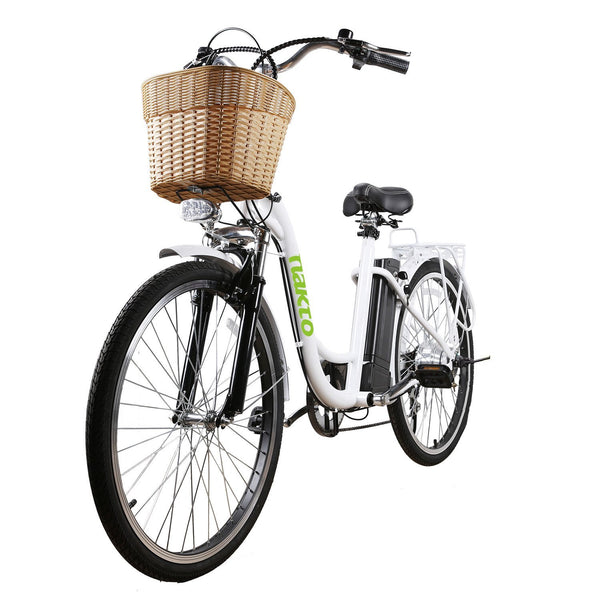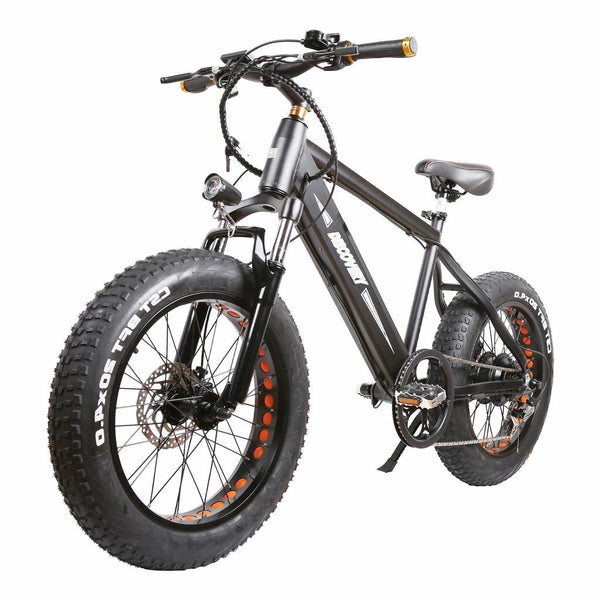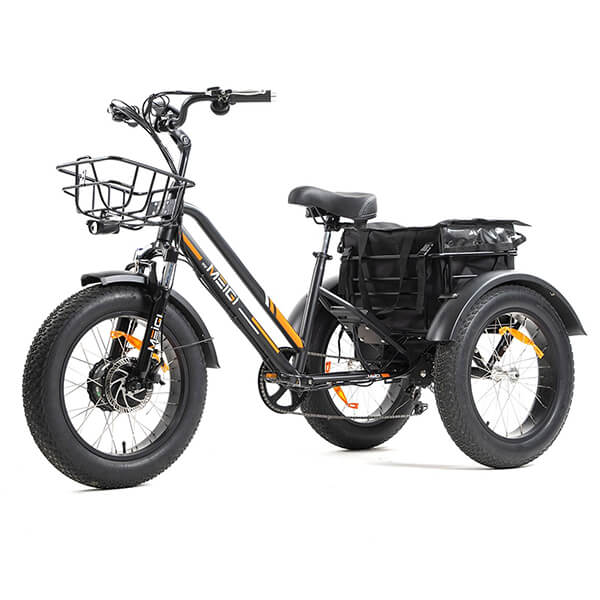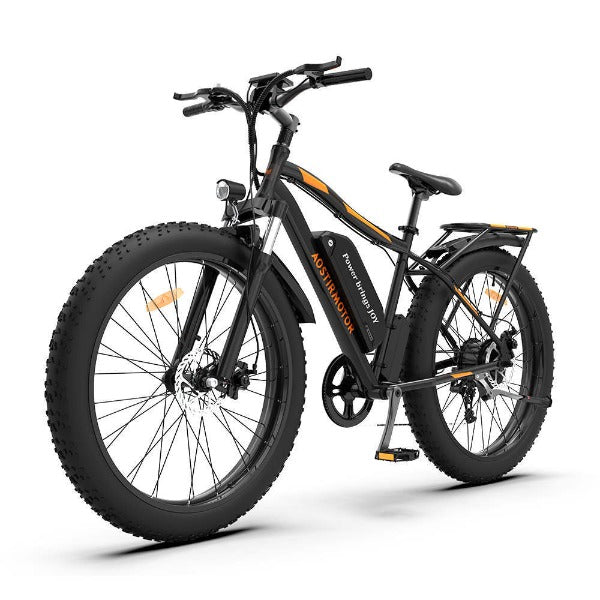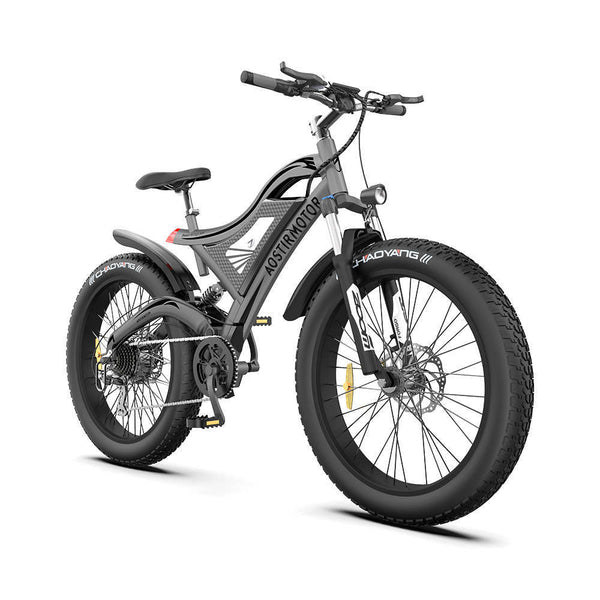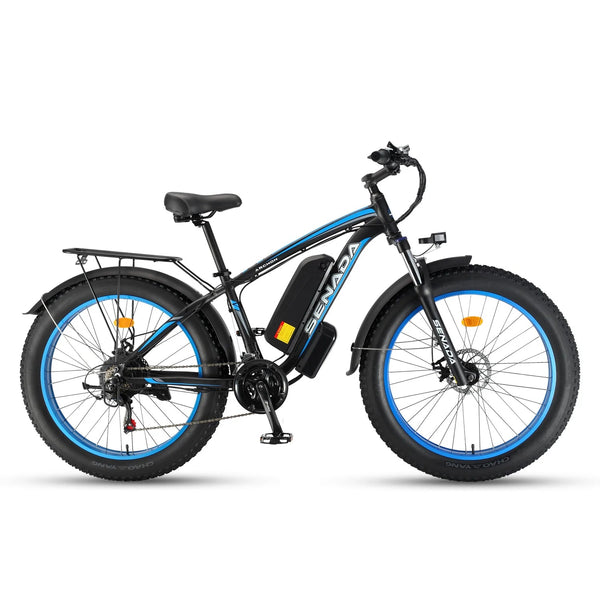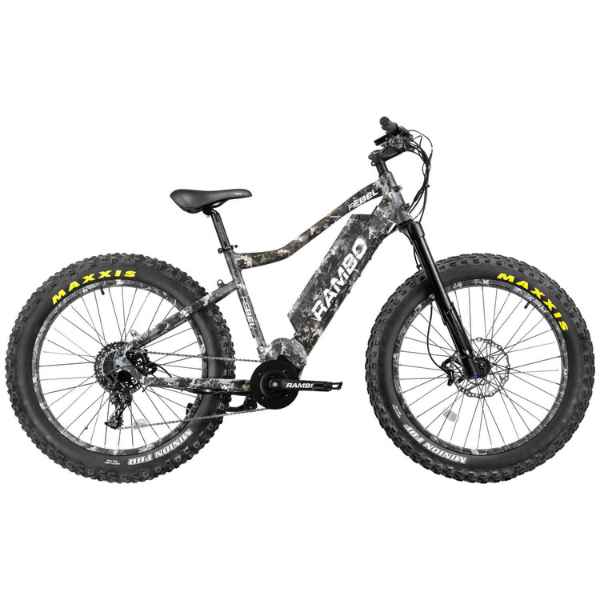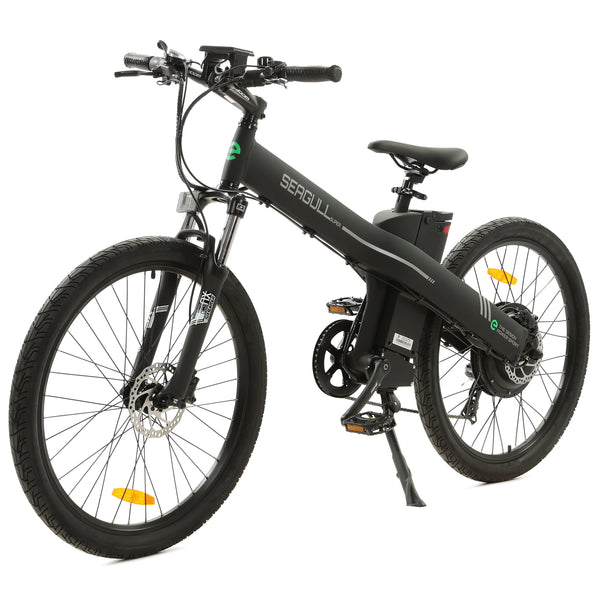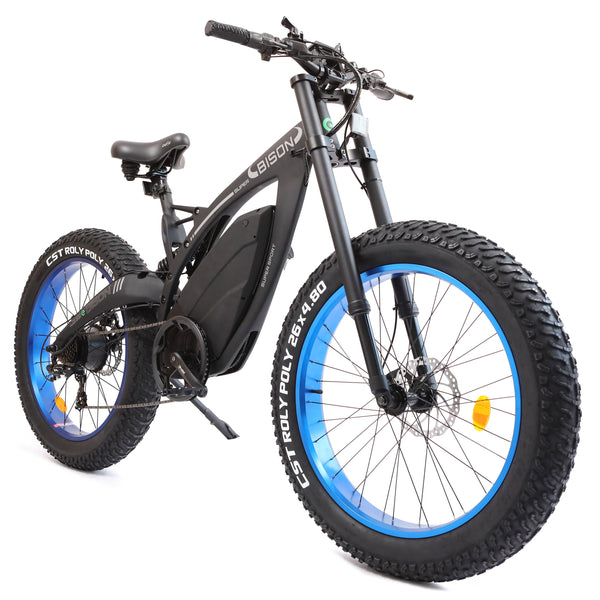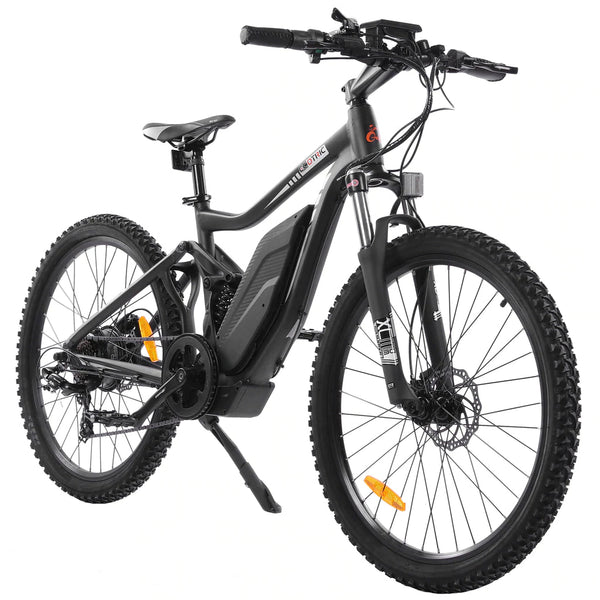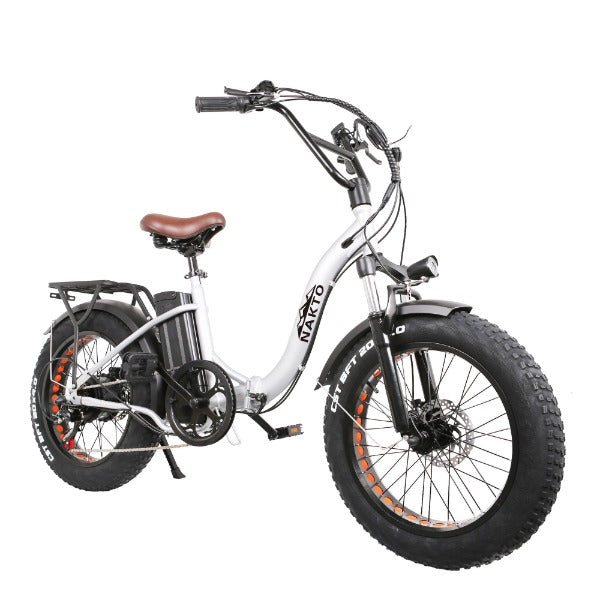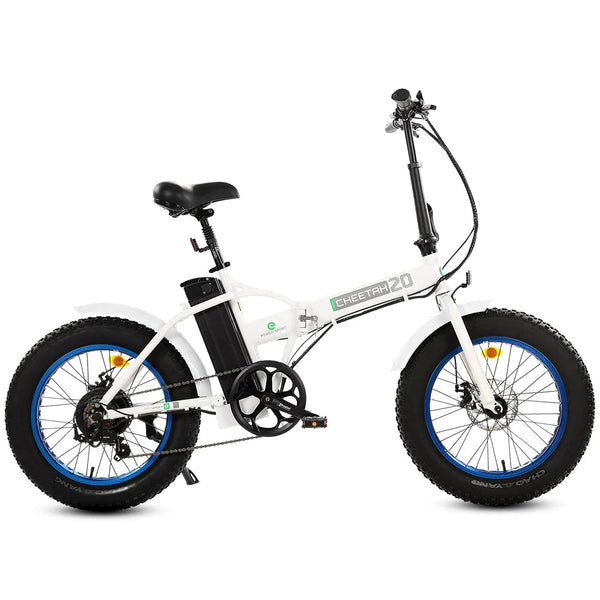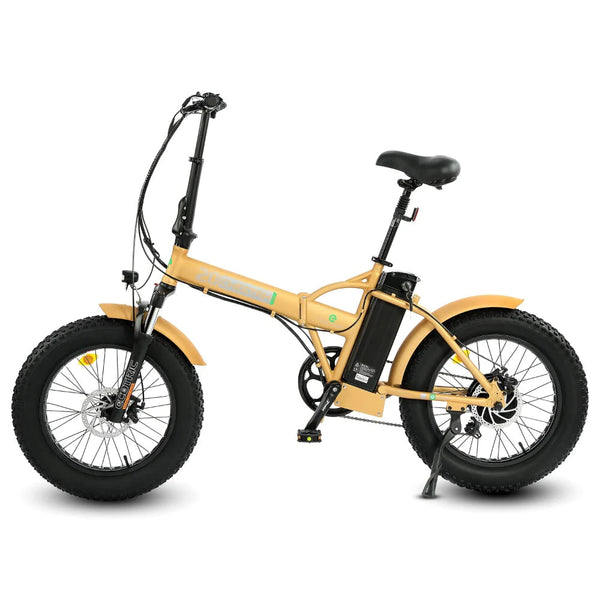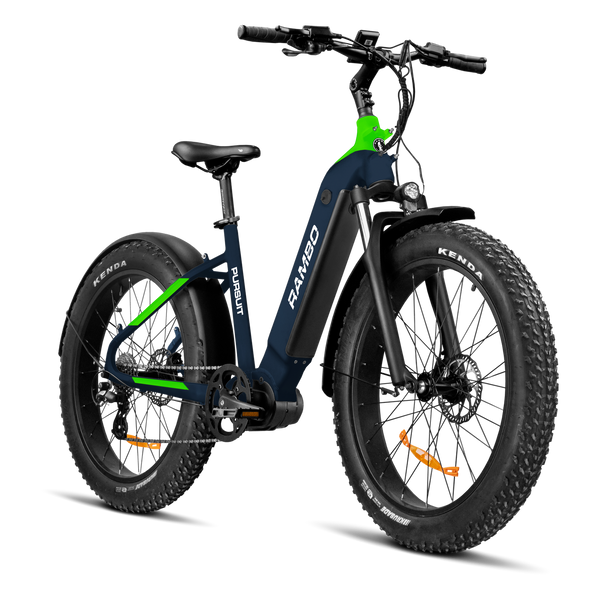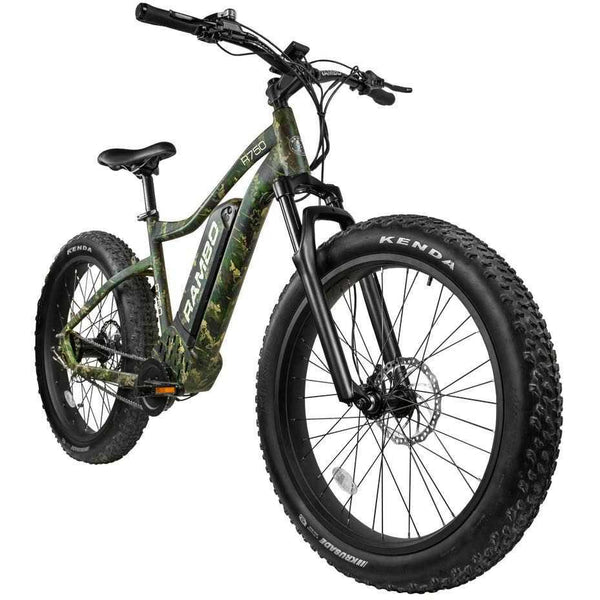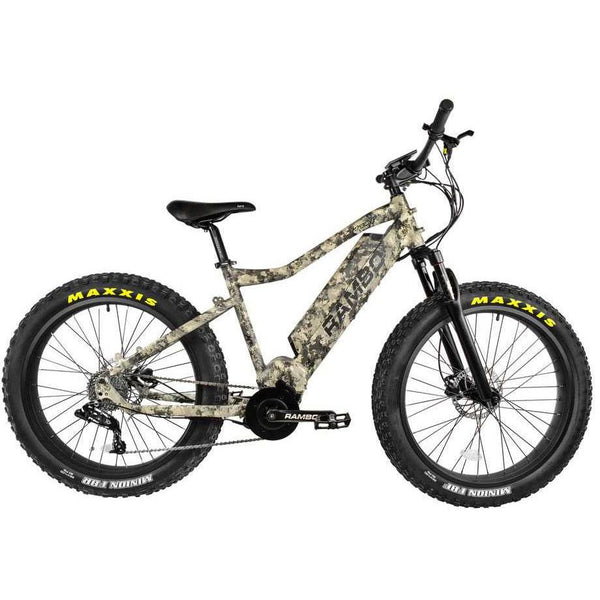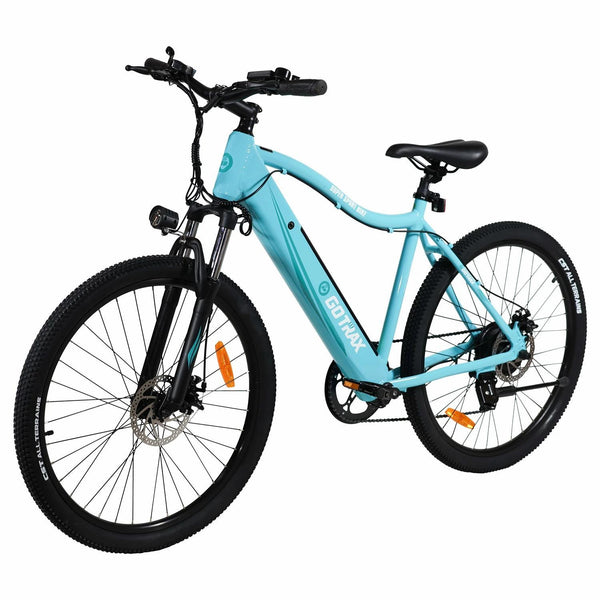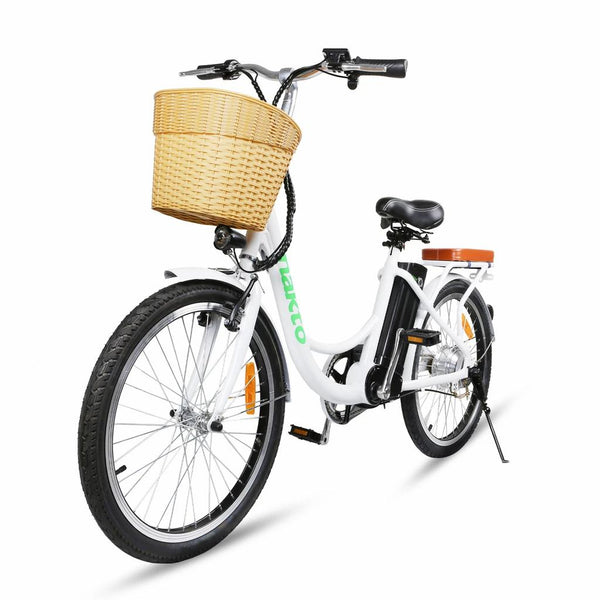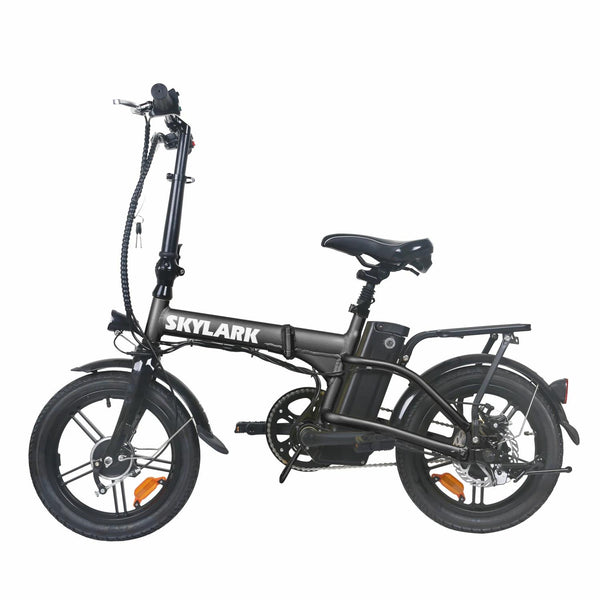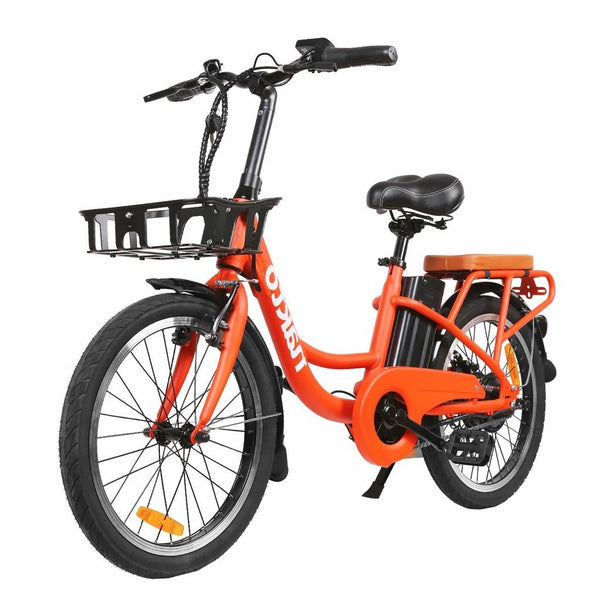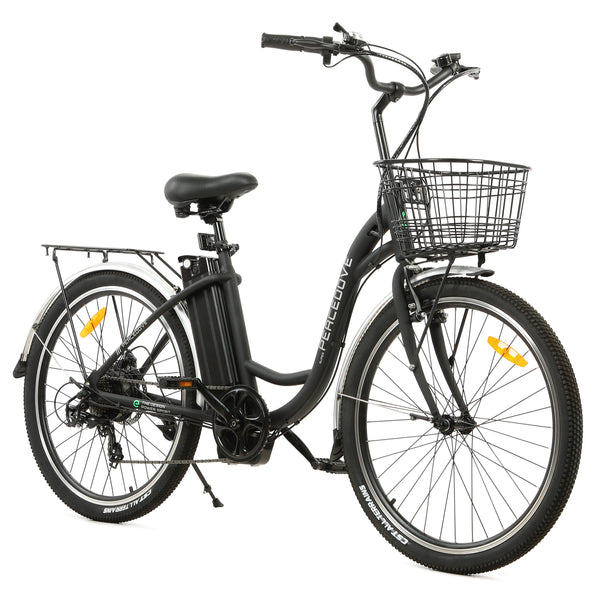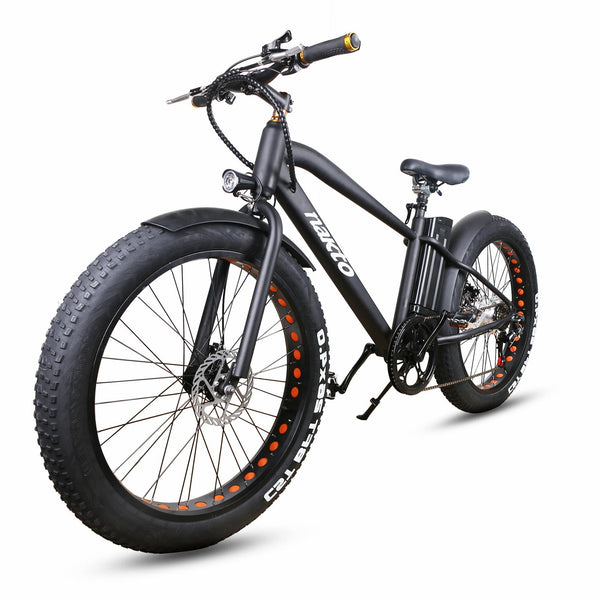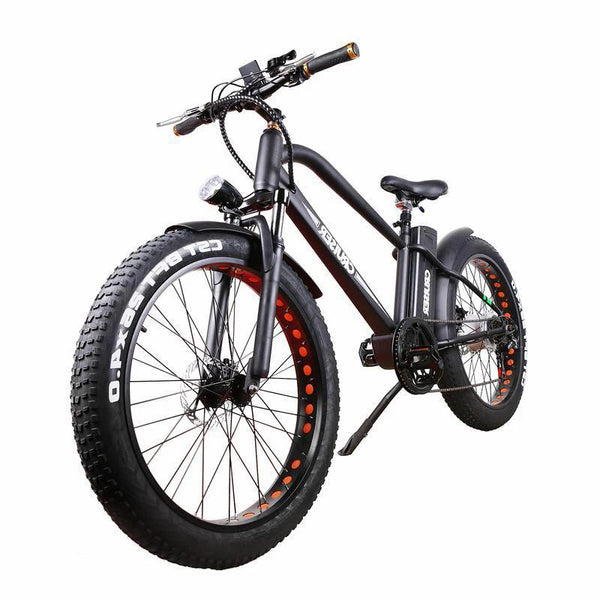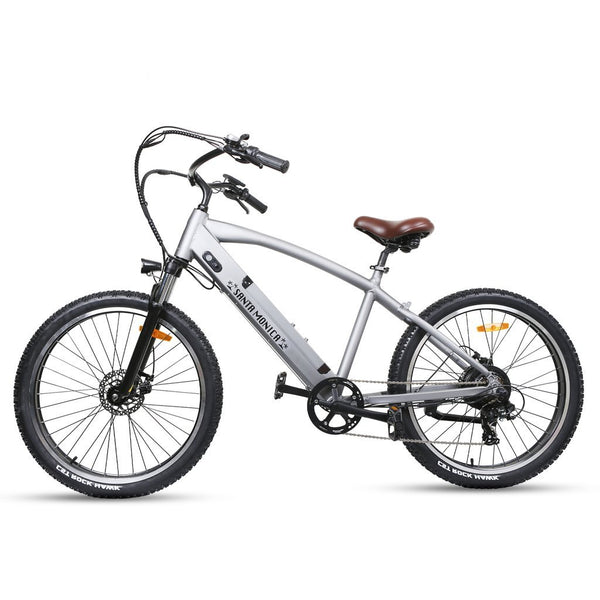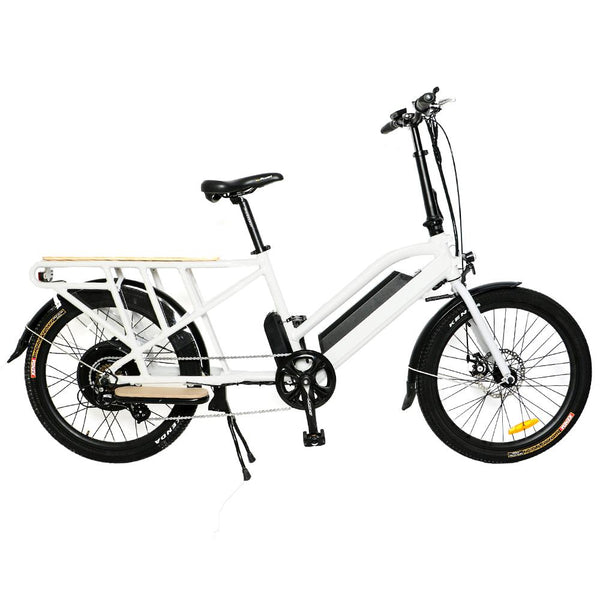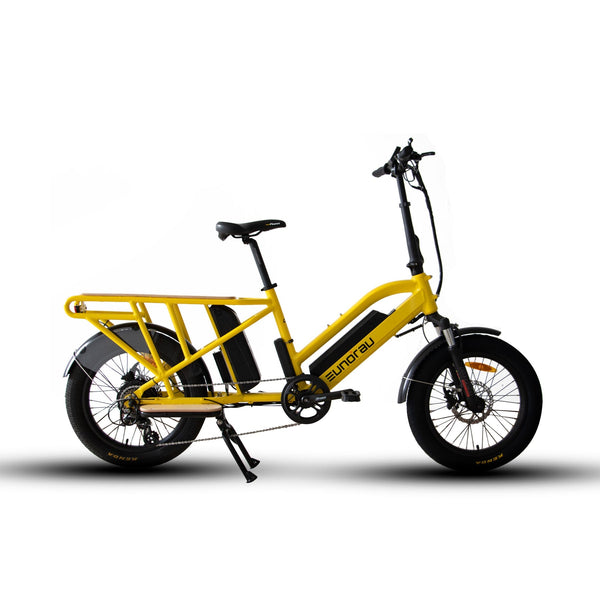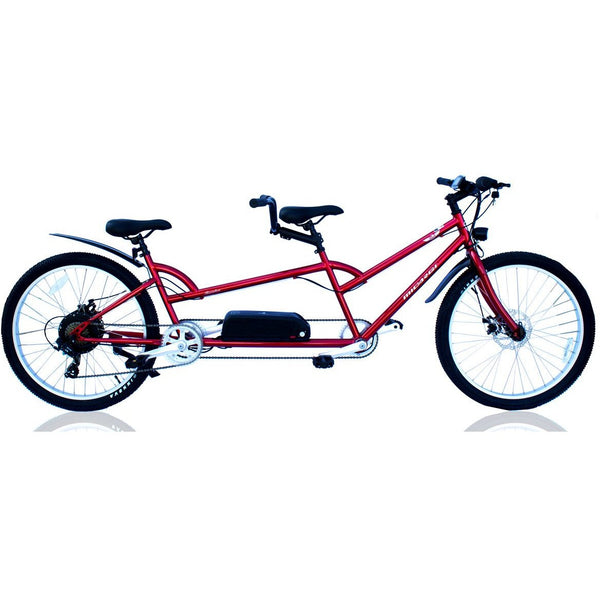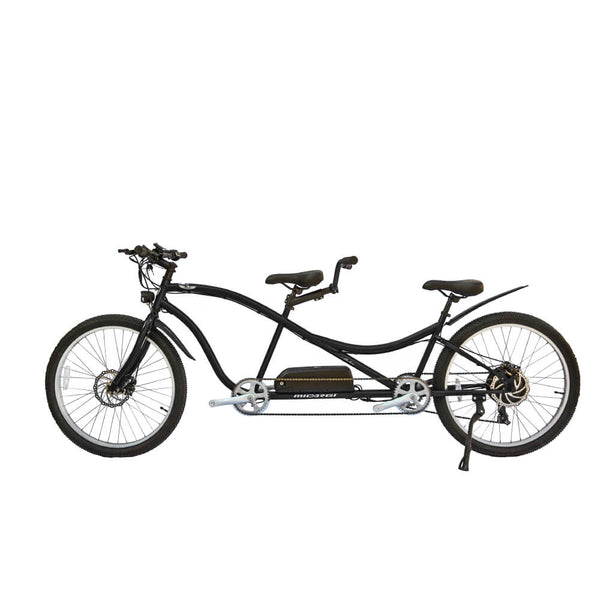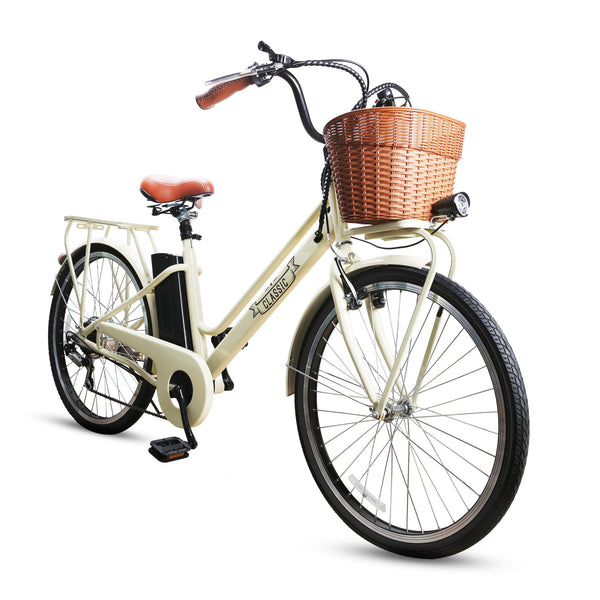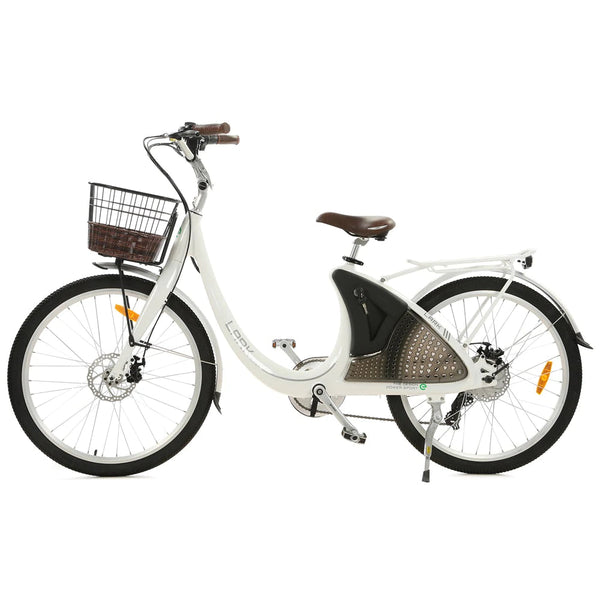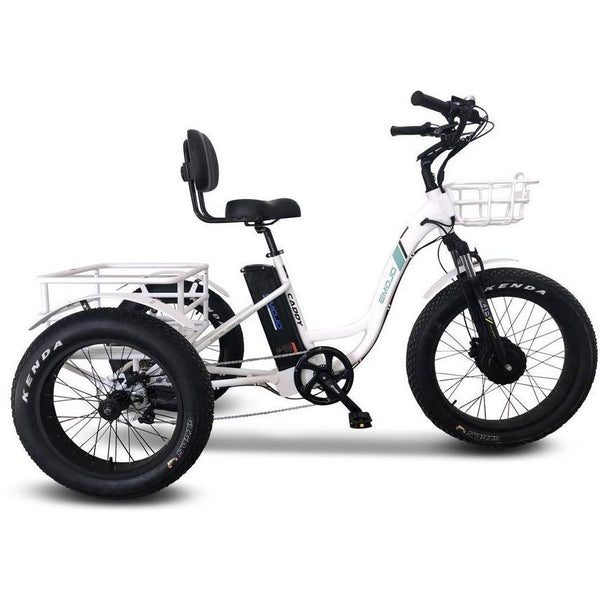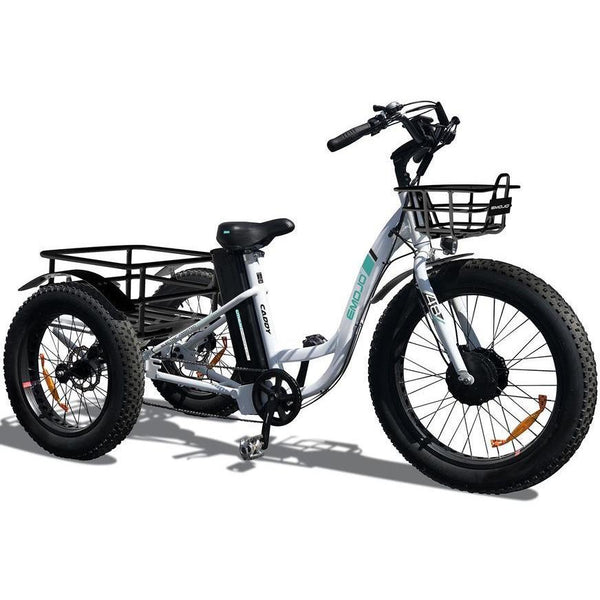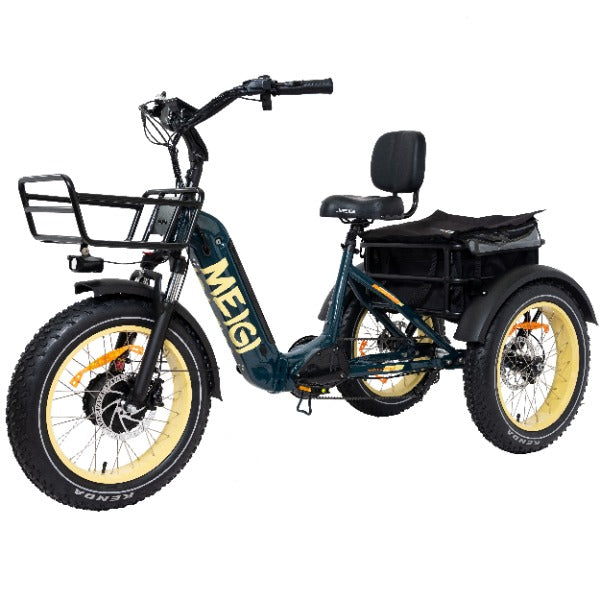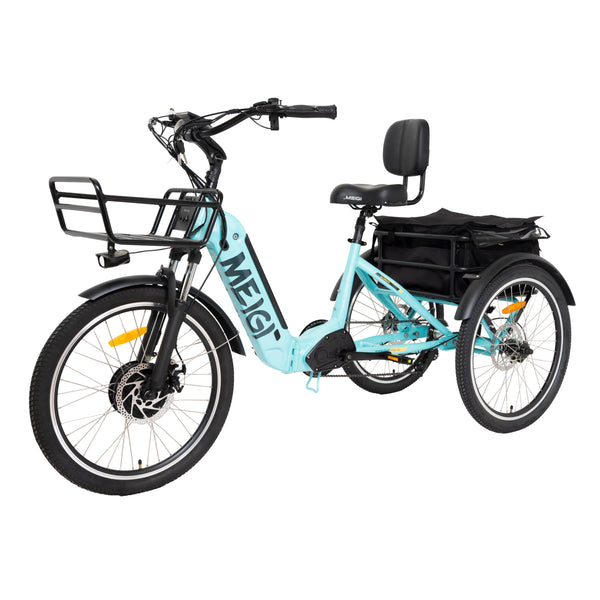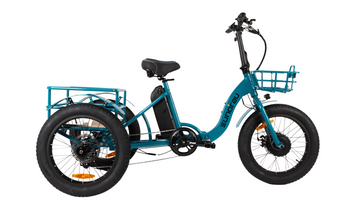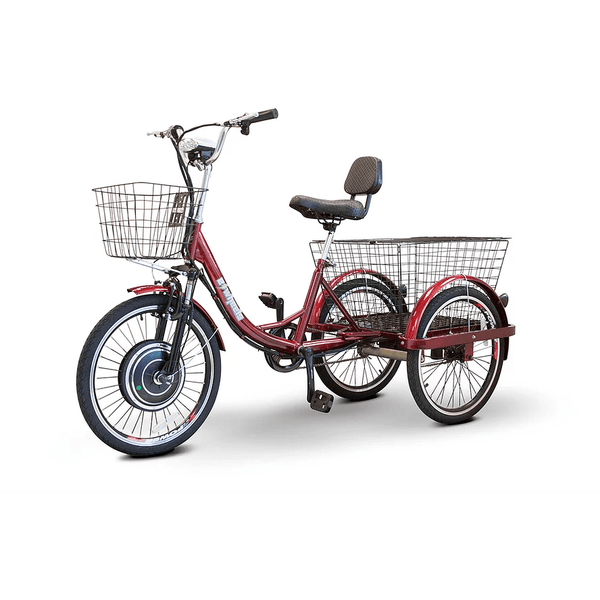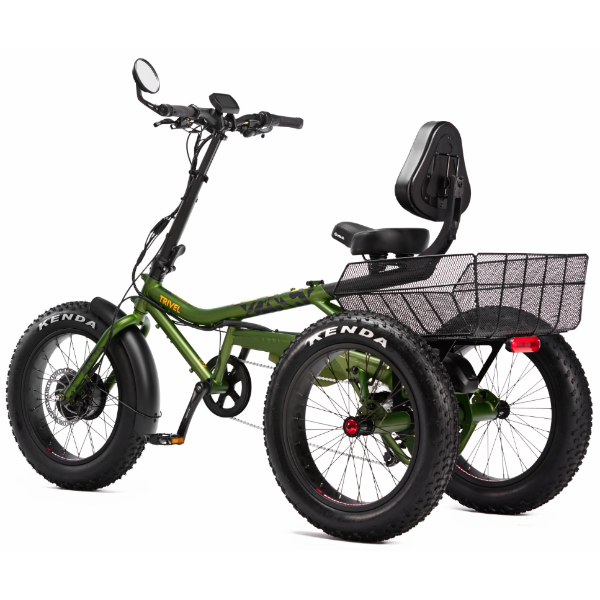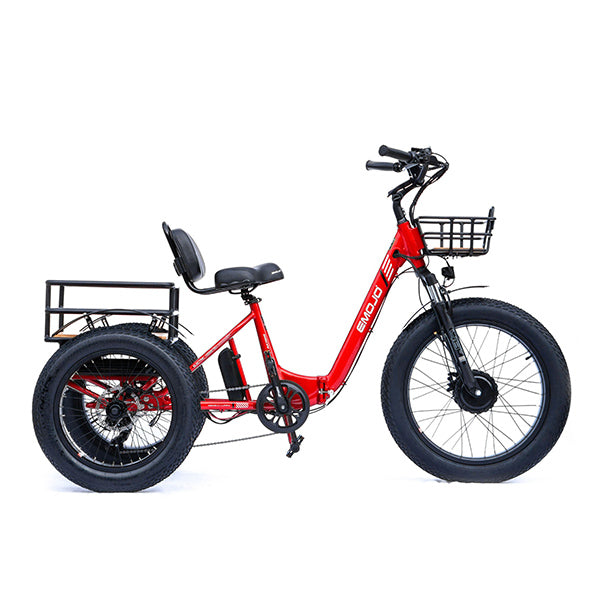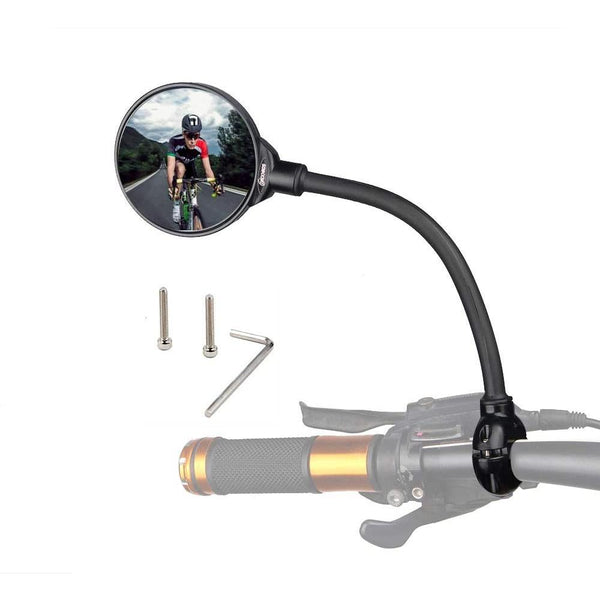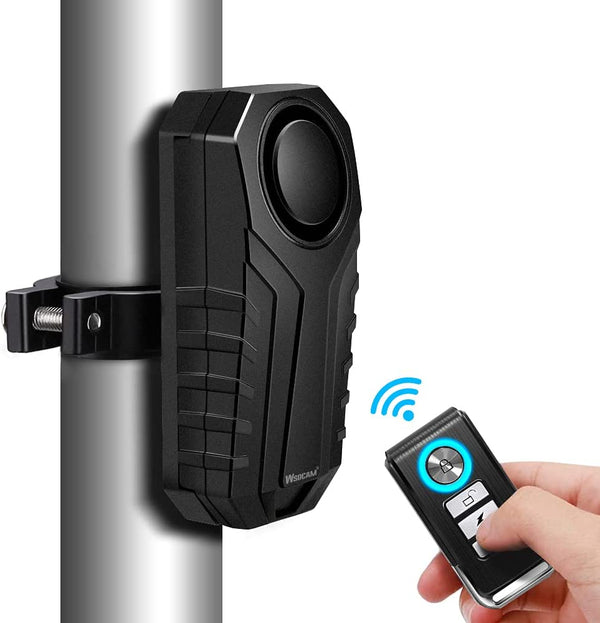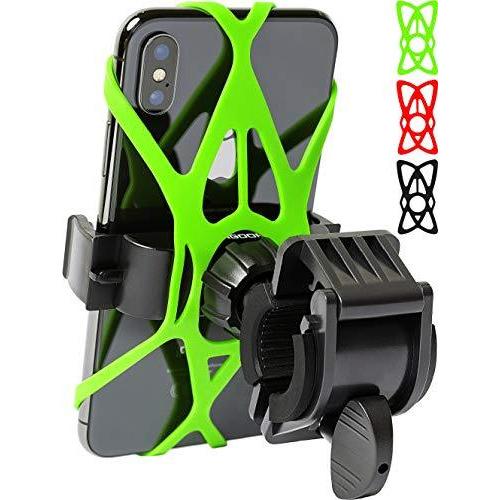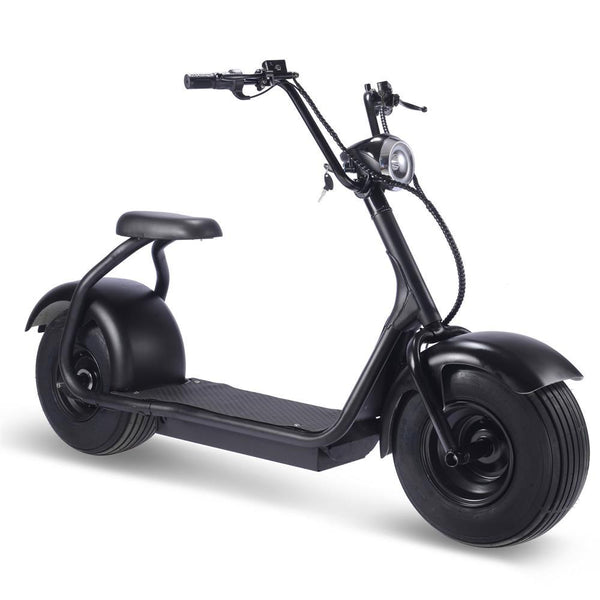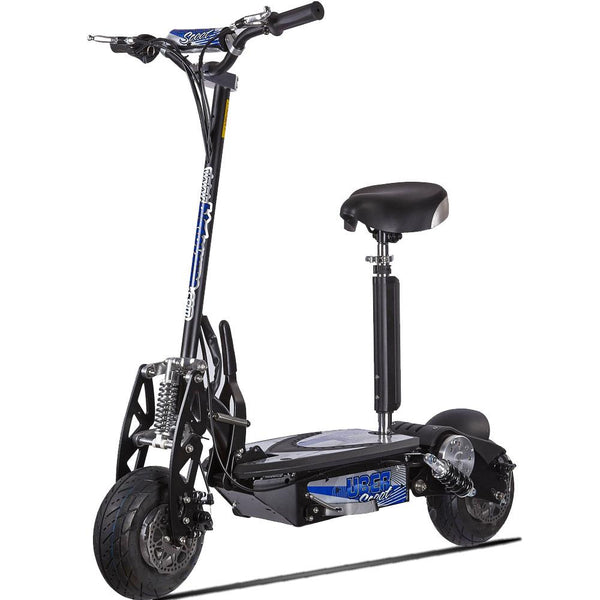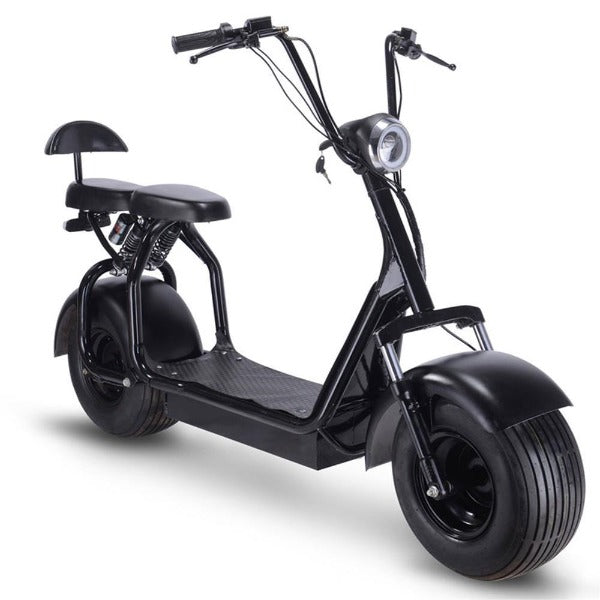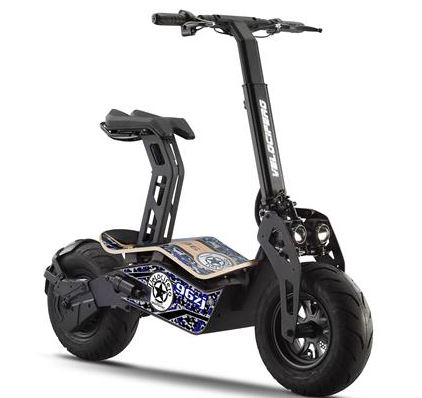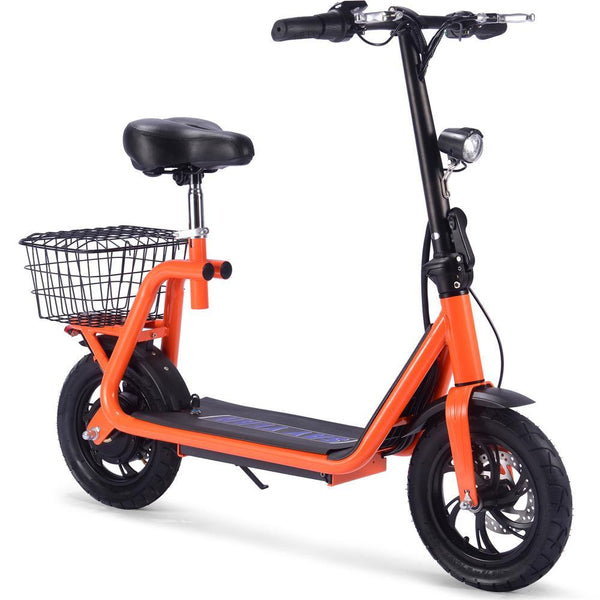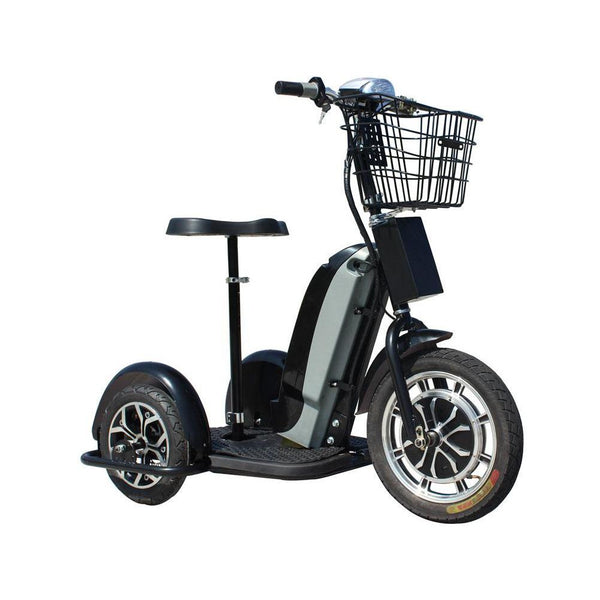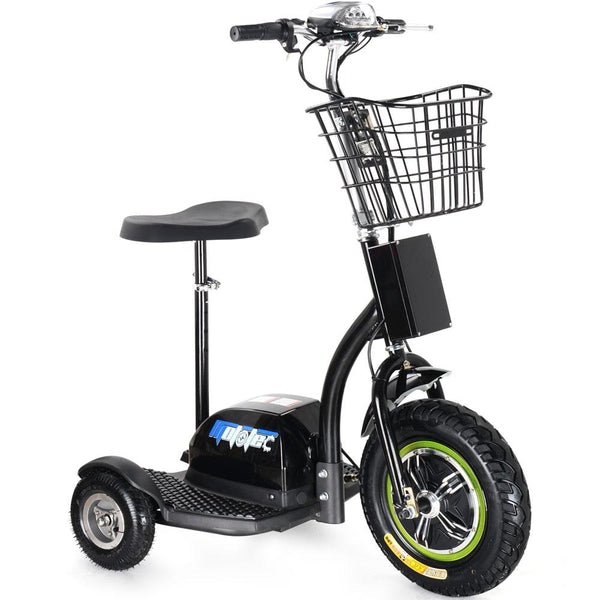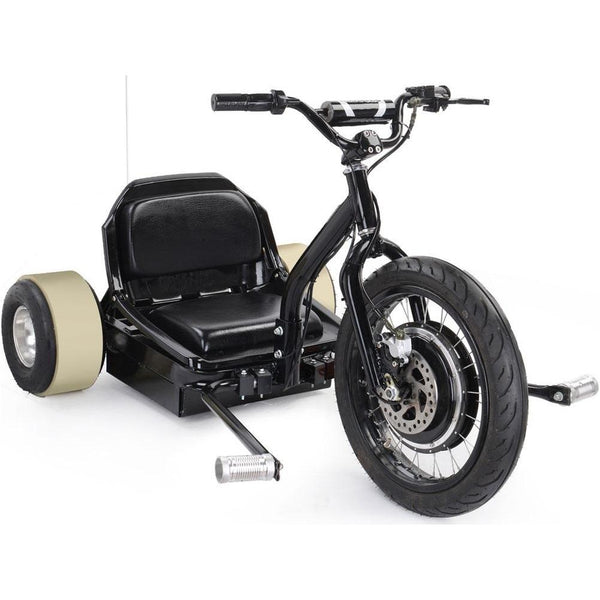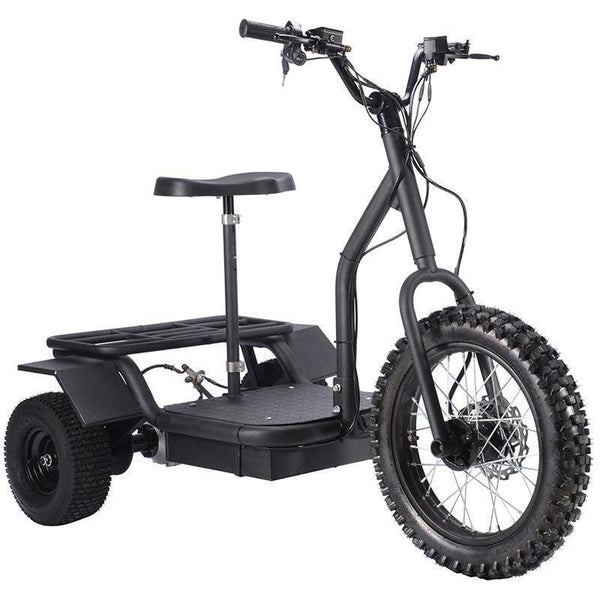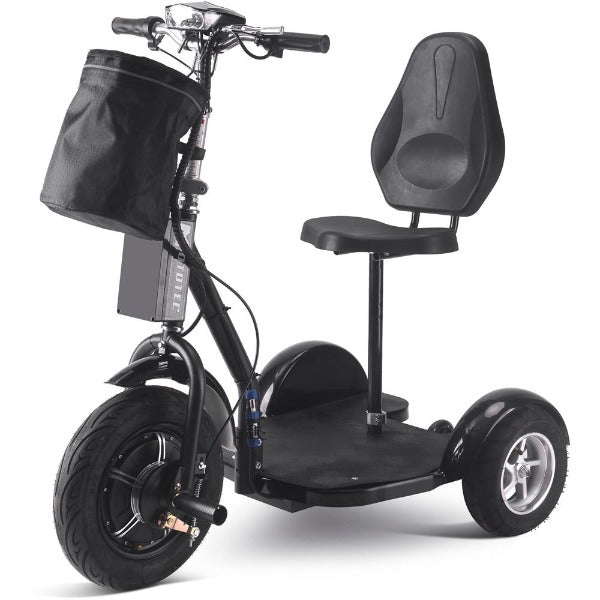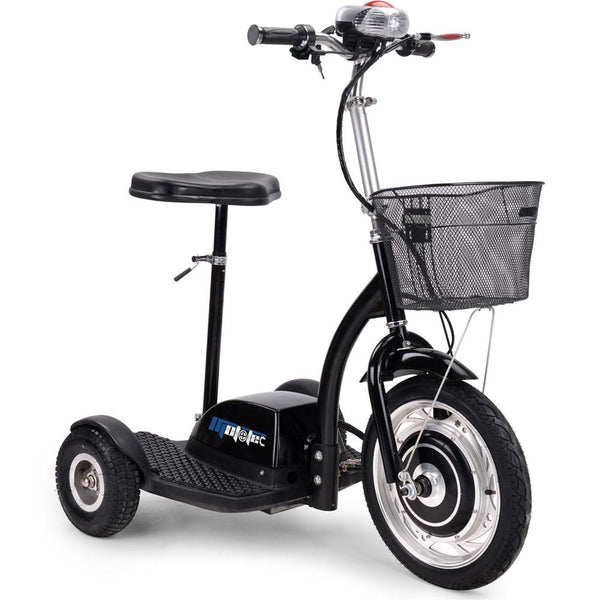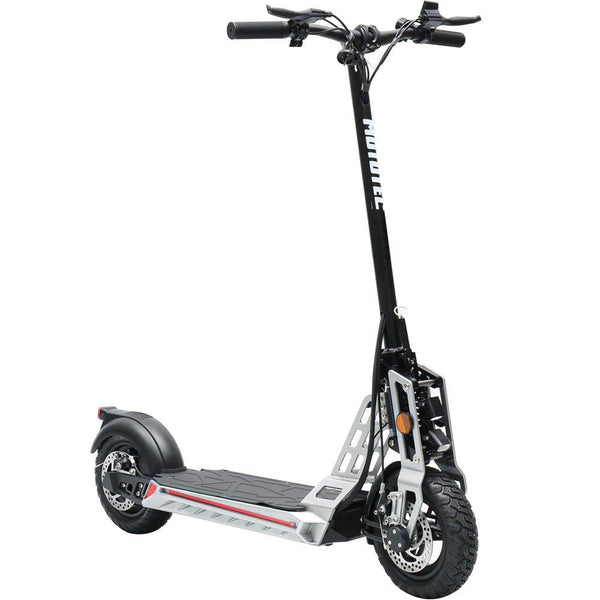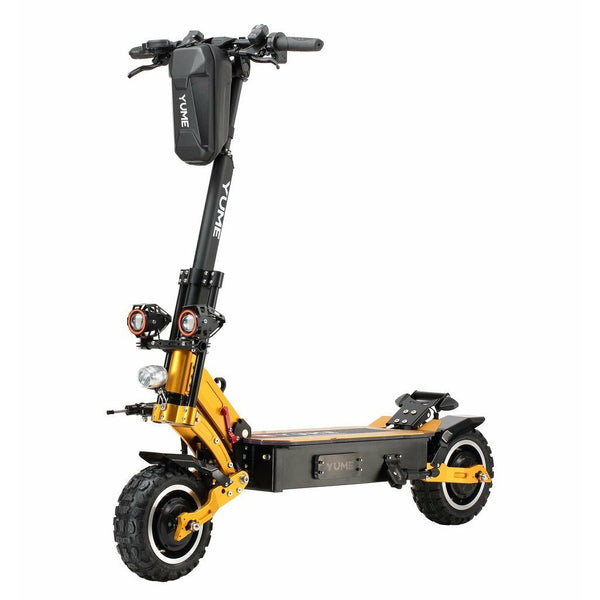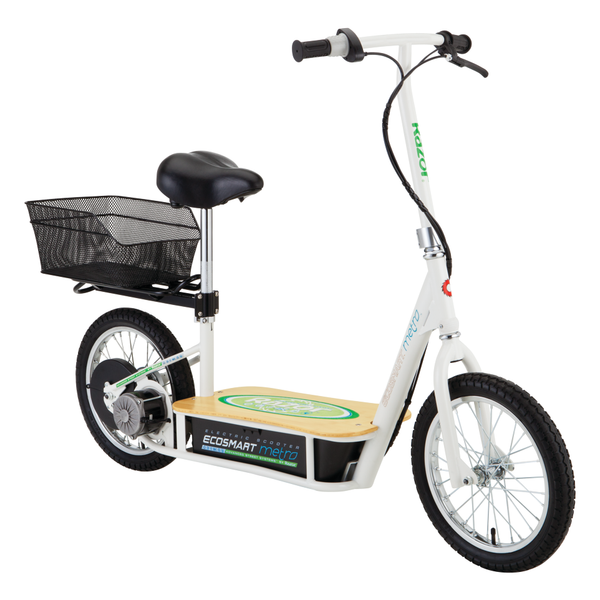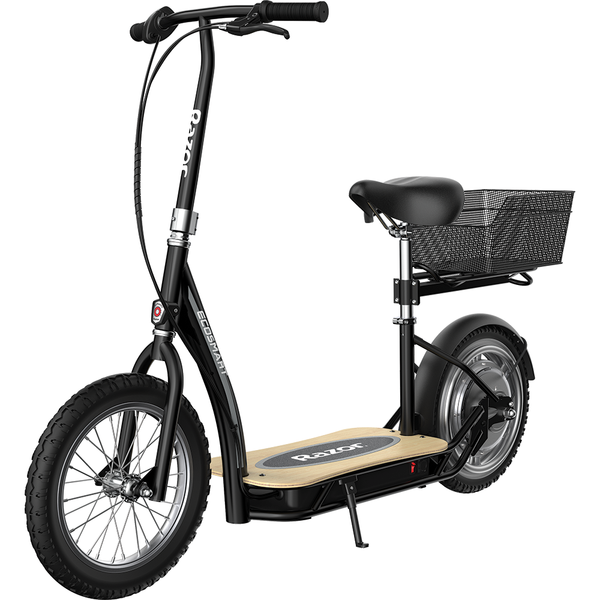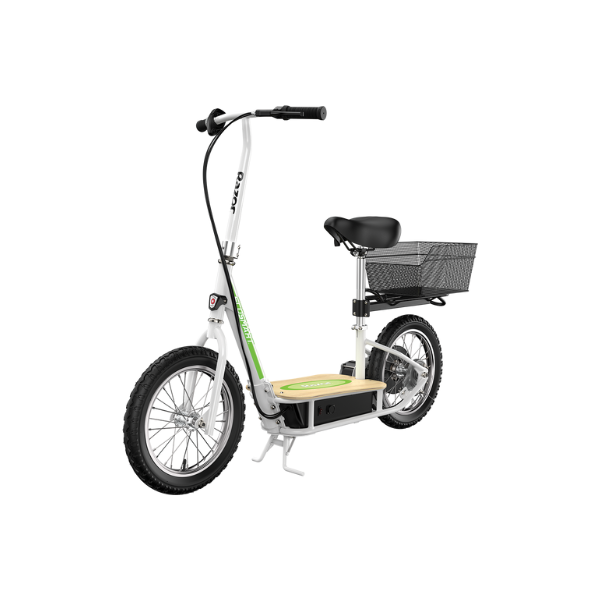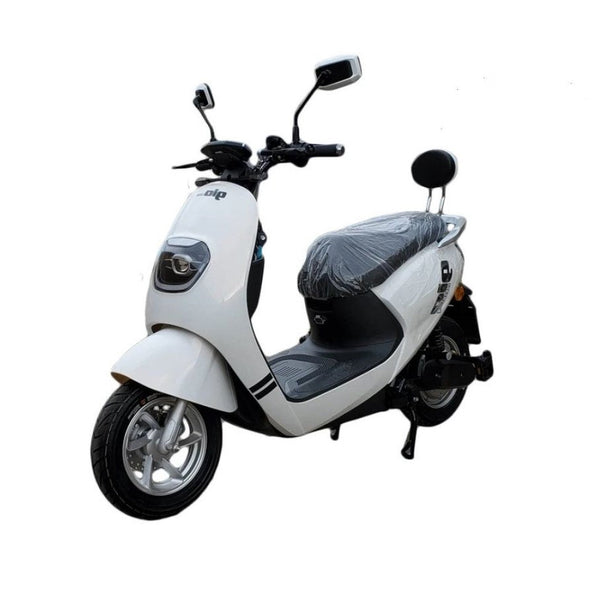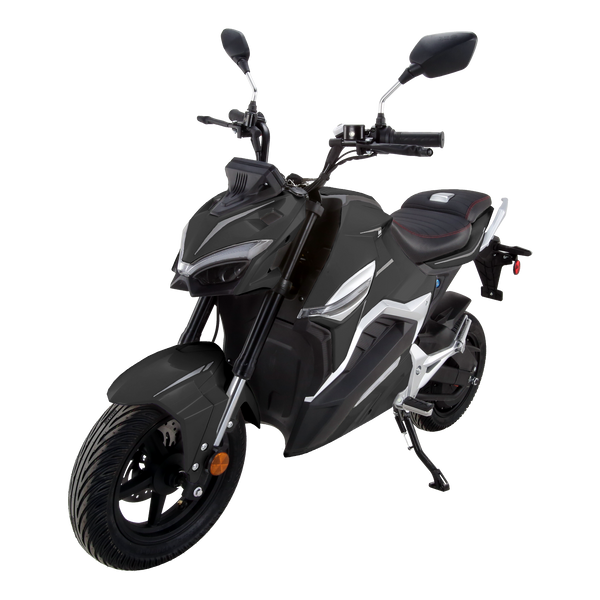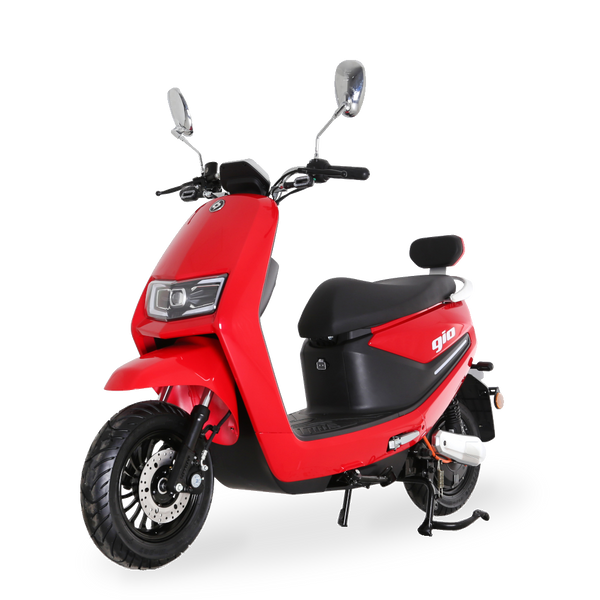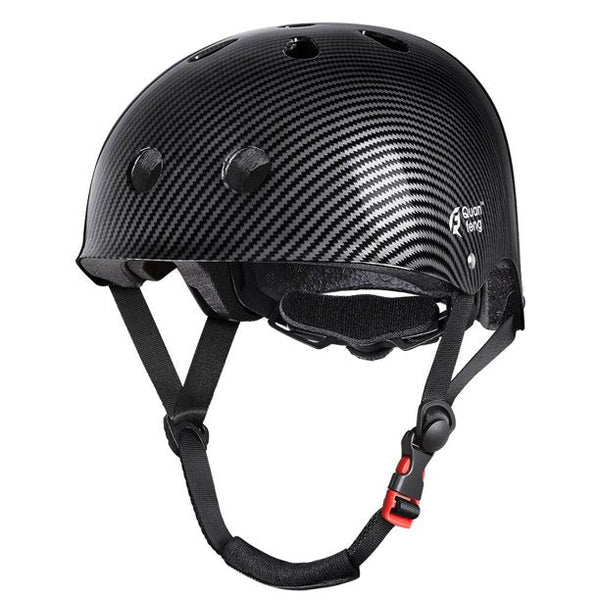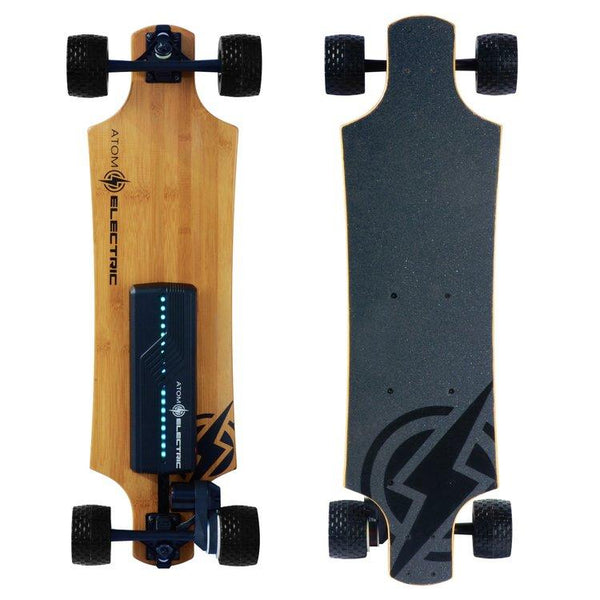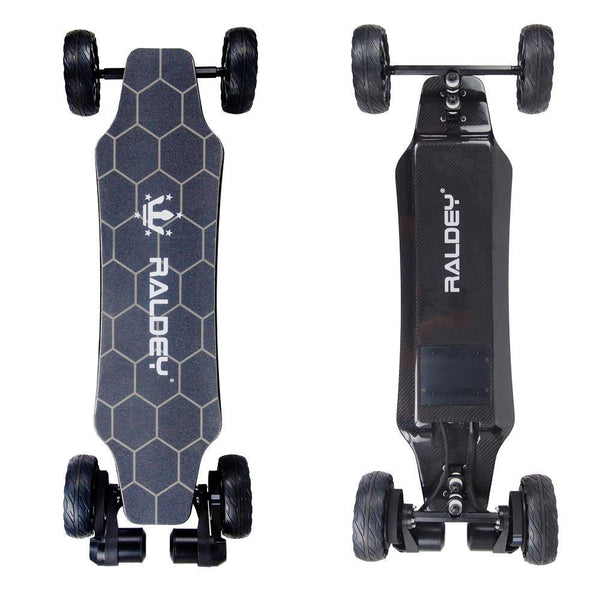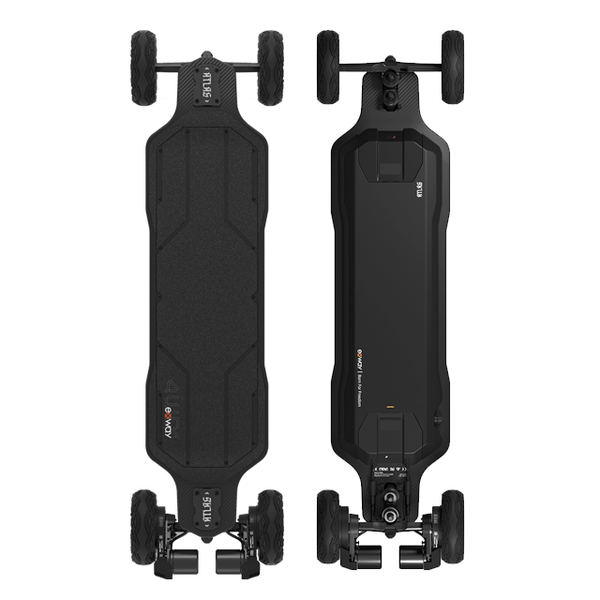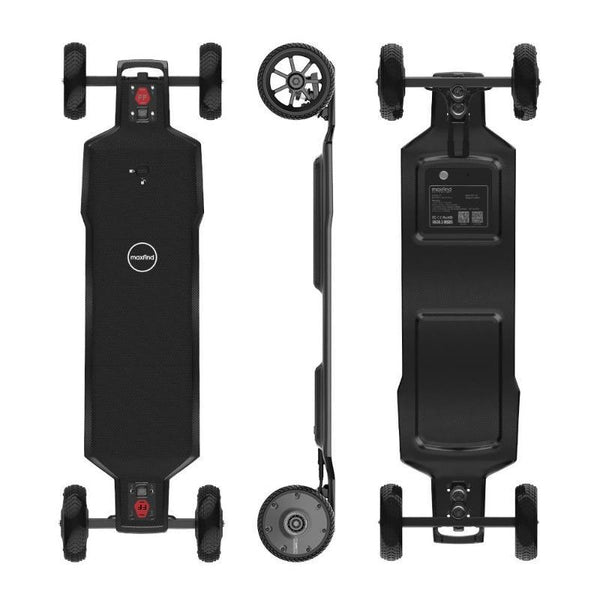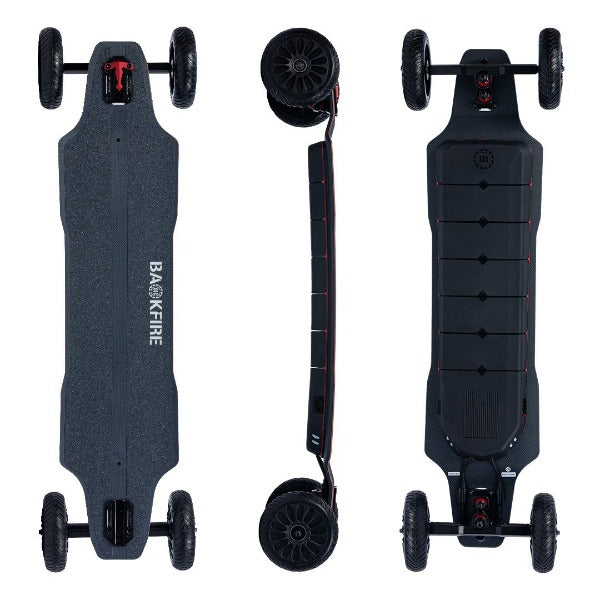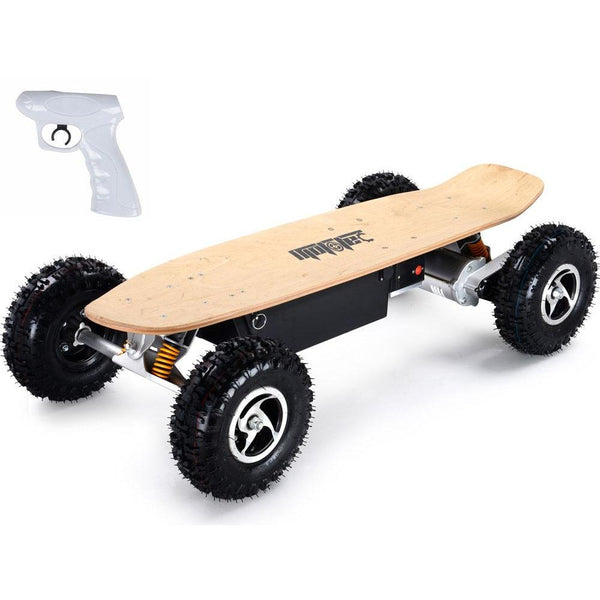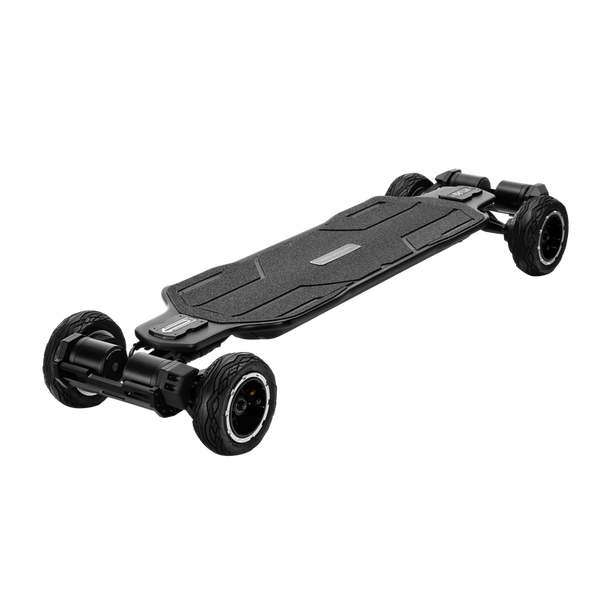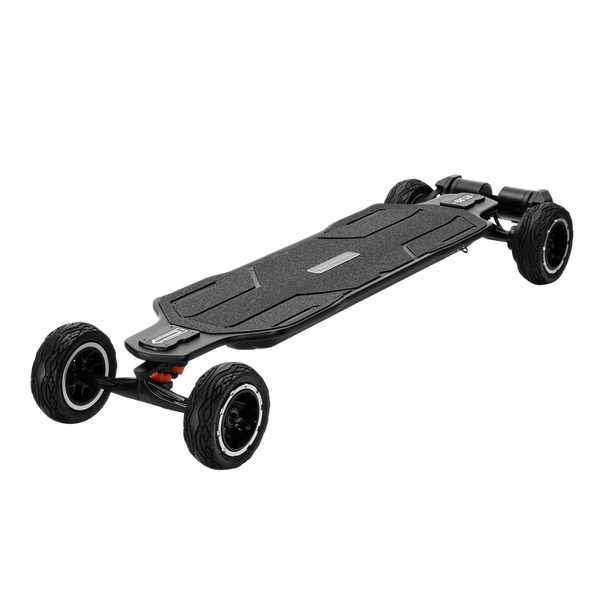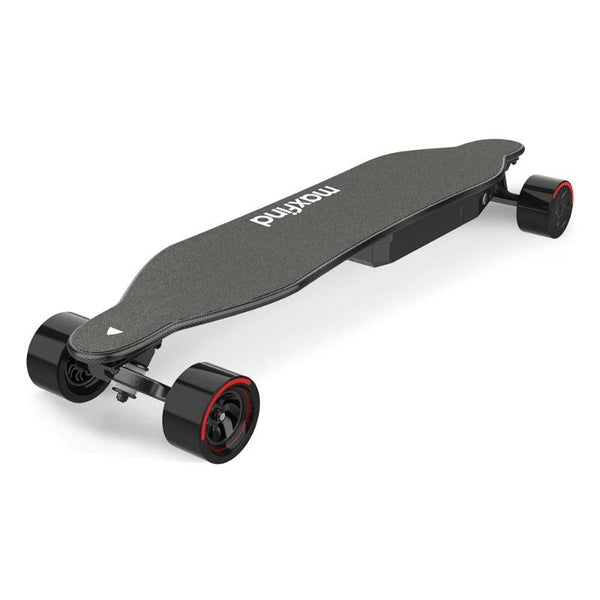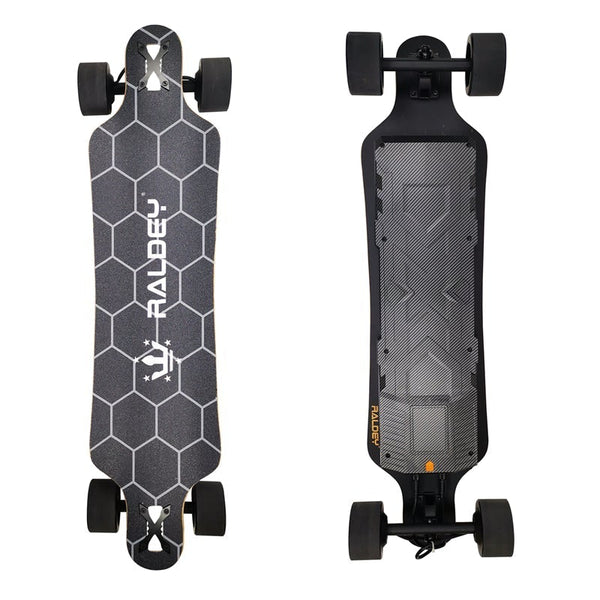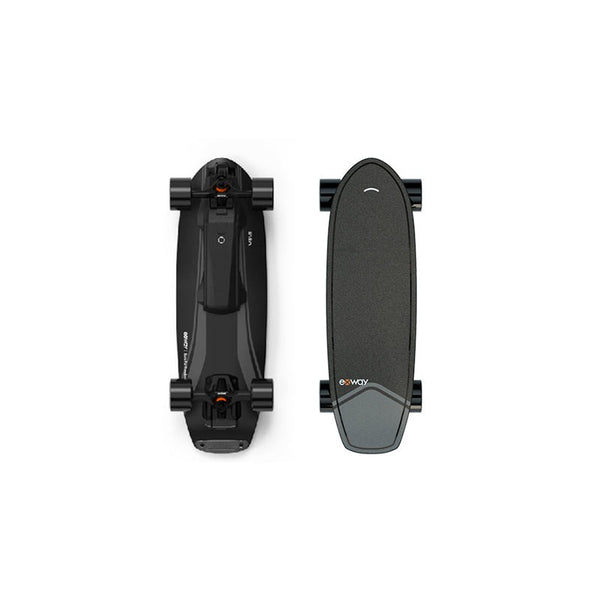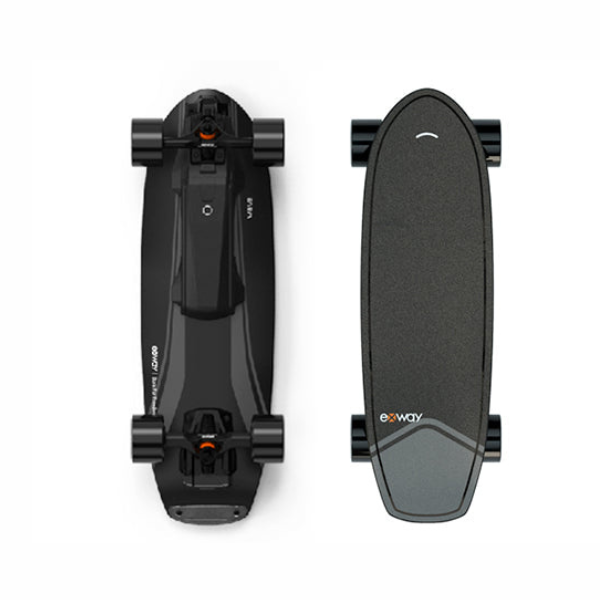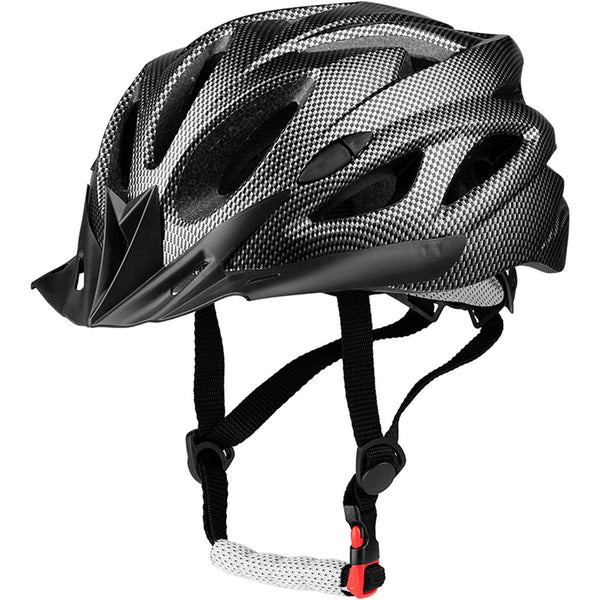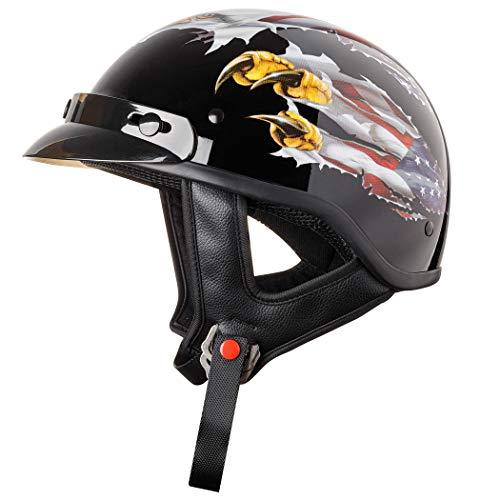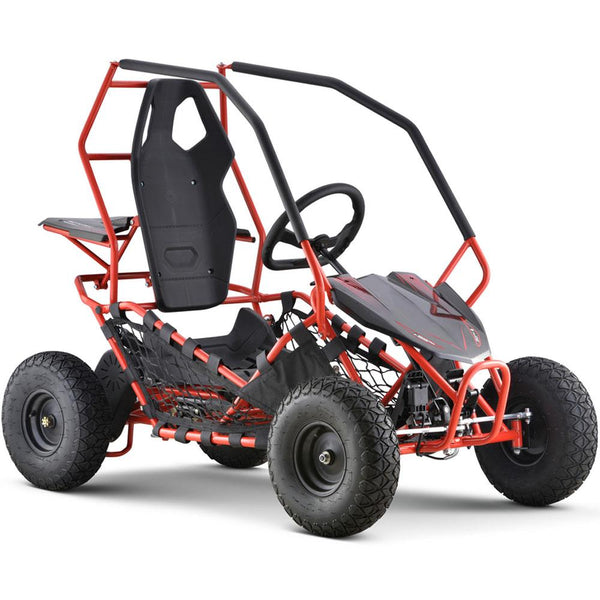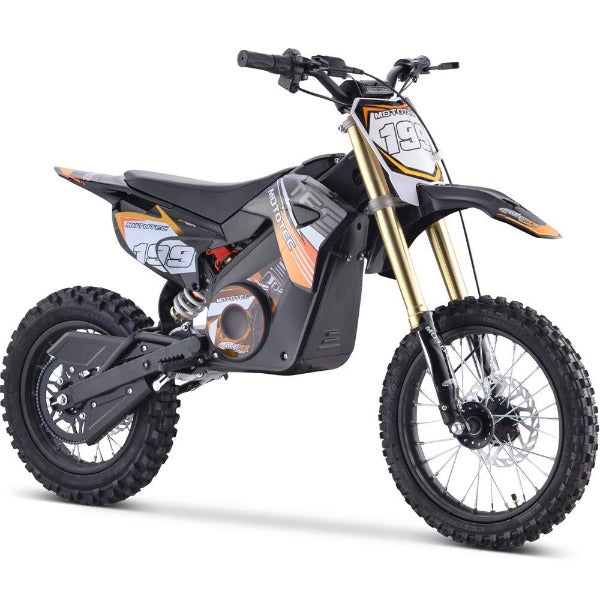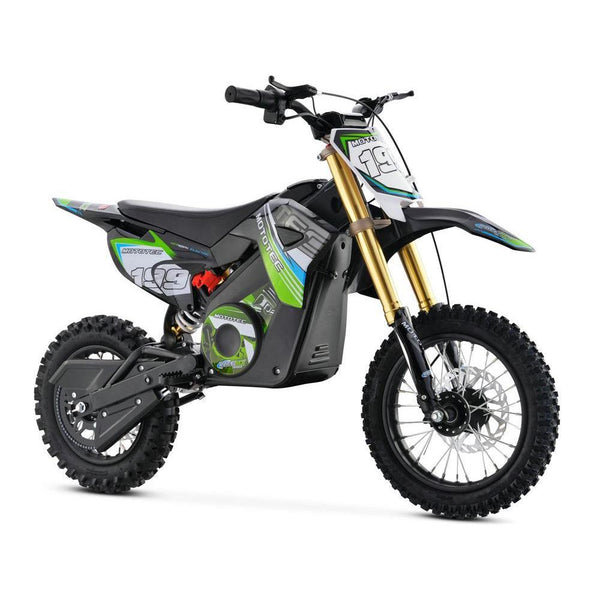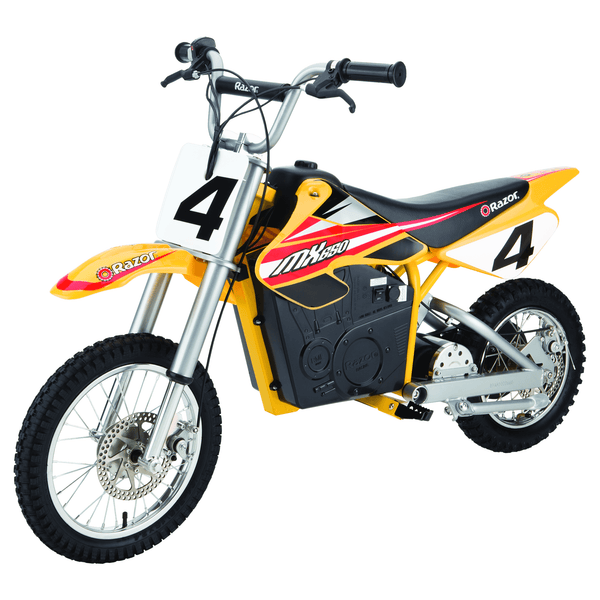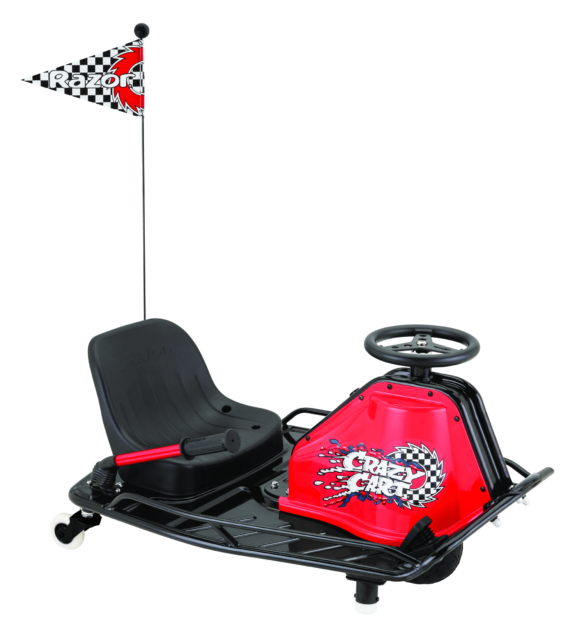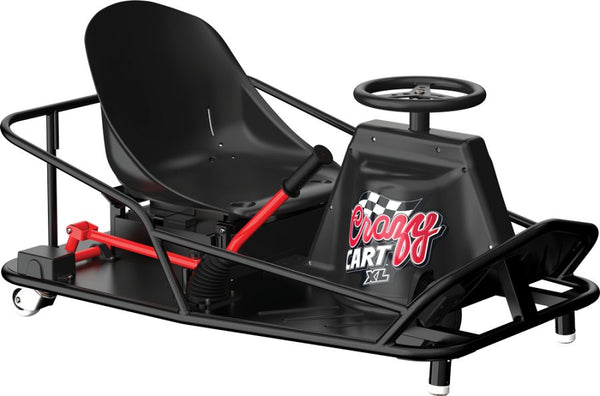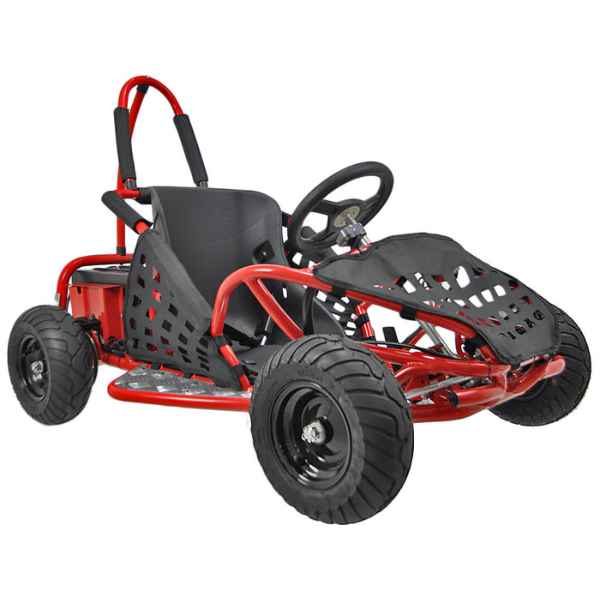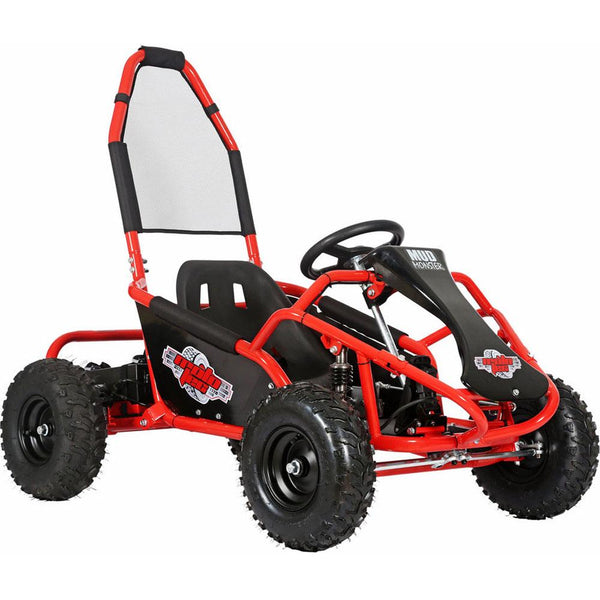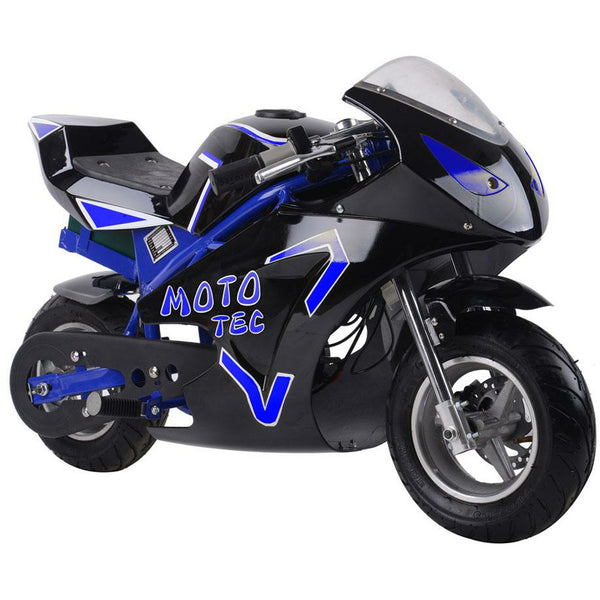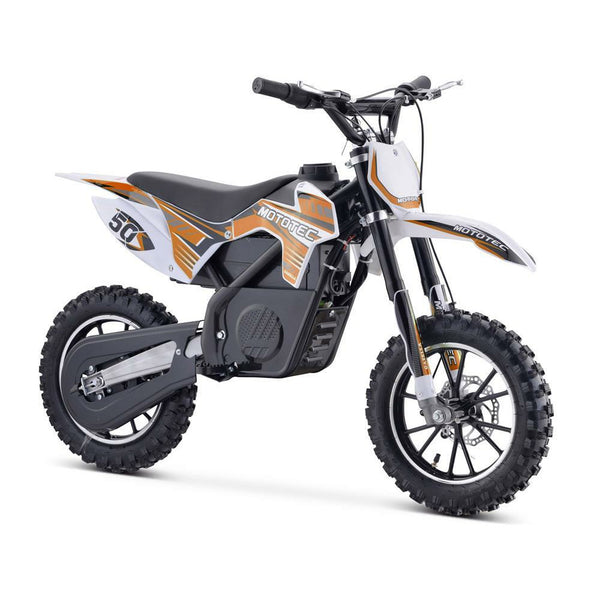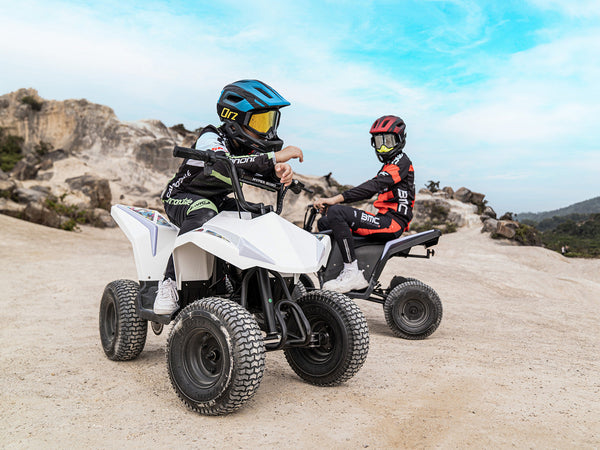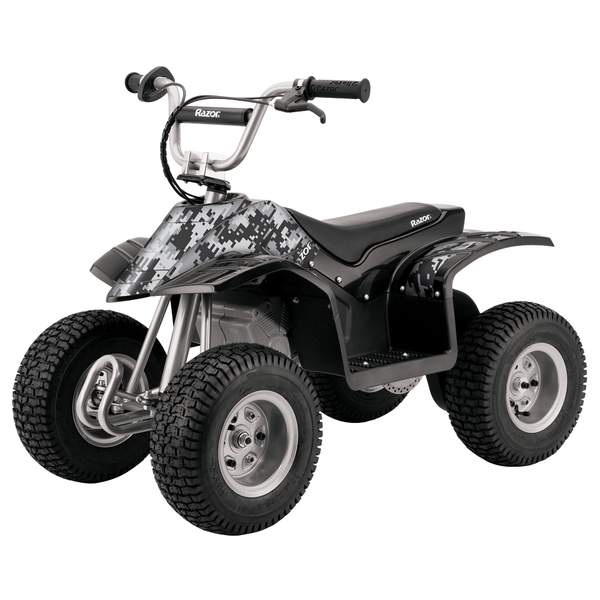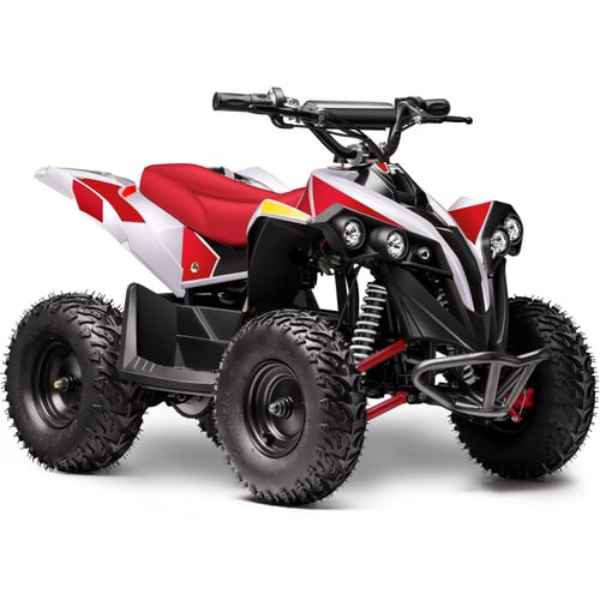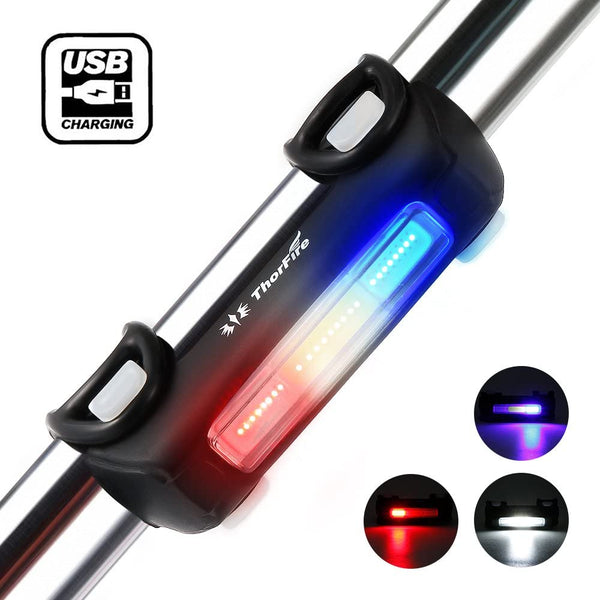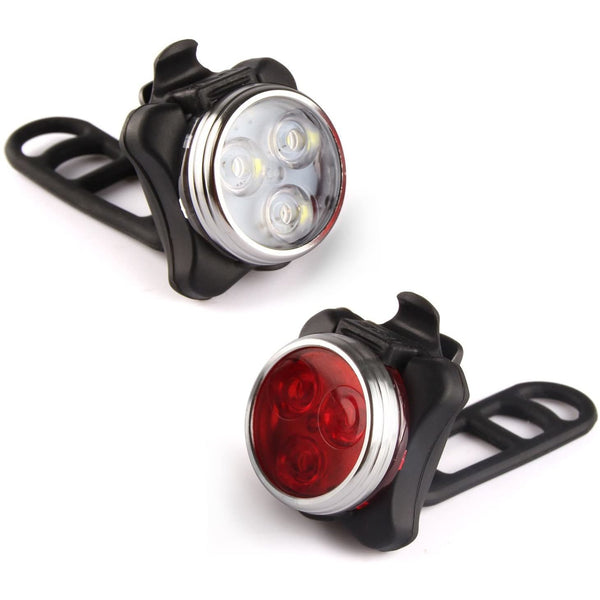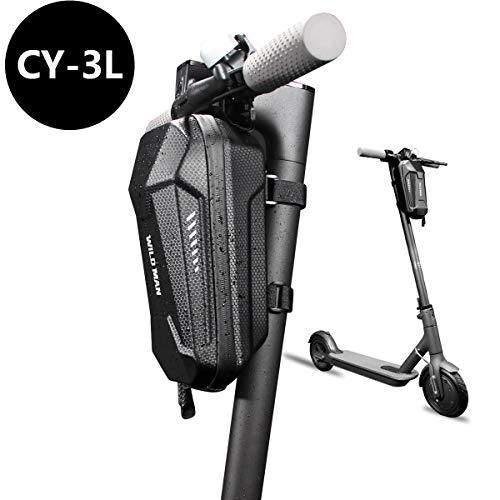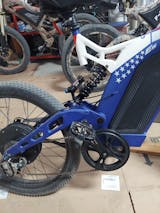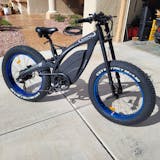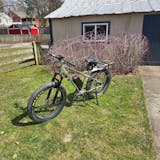Electric bike wheels: they are round, they go in circles, and they help us commute to places. It can’t be that difficult, can it? In truth, understanding bike wheels can get very complicated very quickly.
There’s a whole bunch of technical terms and jargon to understand, different standards and materials, and different types. All these make up what we see at the wheel, and all of them play a vital role in their safety, performance, and overall riding experience.
As these machines keep revolutionizing how we commute and maneuver, it’s essential to understand how their most important components work. Join us as we delve into electric bike wheels, focusing on their sizes, tires, and brakes.
Electric Bike Wheels: Rim Sizes
Bike rims are what you see on the outer part of the wheel. They’re normally made using carbon or aluminum. They serve a few functions, including providing a braking surface, supporting your weight, holding the tire in place, and absorbing impact.
Here are a few reasons why it’s important to understand and choose the appropriate rim size.
- The rim size will directly impact the tire compatibility. Different rims will accommodate different tires. When you choose the right rim size, you ensure top-tier safety and performance. On the other hand, choosing the wrong rim size can lead to tire blowouts, increased rolling resistance, and poor handling.
- The rim size also affects a bike’s stability and handling. Smaller rims are associated with better responsiveness and maneuverability. Larger rims are associated with better rollover capabilities and stability. You can take on any terrain with ease.
- Finally, a bike’s rims greatly influence its performance and efficiency. The right type of rim will provide the right climbing abilities and acceleration.
Bike rims are normally categorized according to the sizes of their diameter. You can use a tape to measure the size of your bike rim. Press the tape against the inside walls of your bike’s rims. Measure the distance between its two sides.

Here’s all you need to know about the different sizes.
20-inch rims
These are the smallest rim sizes. They are perfect for quick acceleration and nimble maneuverability. These are the rims to settle for if you want a sports car-like experience. They’ll help you easily zip through crowded streets and execute tight turns.
Their small size makes them lighter and easier to handle. An excellent example is the Rattan Lm 750 48v/13ah 750w Fat Tire Electric Bike
24-inch rims
These rims strike a perfect balance between stability and agility. They are perfect for riders who are looking for a smooth ride without compromising speed. You will appreciate their smooth rides during off-road adventures and casual commuting.
26-inch rims
Here are the most popular and [arguably] the oldest rim sizes. These are popular for both electric and mountain bikes. They are up for any challenge that comes their way, whether on paved roads or rugged trails. They are also very stable.
26-inch rims are a reliable option for users seeking versatility in their bikes.
27.5-inch rims
27.5-inch rims provide the best for both worlds. Like their 26-inch counterparts, these can tackle all kinds of terrain. They provide enhanced traction, improved roller ability, and a smooth ride.
These are popular, especially among mountain bike riders who desire a balance between stability and agility.
29-inch rims
Go big or go home. The giants of the bike rims are what you choose if you want excellent traction and maximum stability. Doesn’t matter what obstacle you put in their way; these rims are on a mission to offer you a smooth and confident ride.
As expected, their large size will slightly impact your maneuverability in tight spaces.
When choosing the rim diameter, remember that they will affect the compatibility with frame geometry, suspension systems, tire sizes, and overall ride performance.
Electric Bike Wheels: Fat Tires or Thin Tires
Fat or thin tires: Which one should you go for? I’m not going to lie; each has its merits and demerits. And the choice to settle for will ultimately depend on your personal preference, your riding style, and the type of terrain.
Here’s a guide to help you better understand the two.
Fat Tires
Fat tires are wide and have a bigger volume. They normally measure 3.8+ inches in width. You’ll find them mostly on fat bikes and mountain bikes – anything designed for off-road adventure.

Here are a few benefits of owning a fat tire.
- Fat tires are known for their excellent traction, especially on slippery and loose terrain. This makes them perfect for off-road terrains such as snowy, muddy, and sandy areas.
- The big size of fat tires gives them a natural suspension and helps absorb shocks and vibrations.
- They have a large contact patch and will basically ‘float’ over soft surfaces such as snow and sand. This makes them a popular choice for beach rides.
But they also have their shortcomings.
- The size of fat tires makes them heavy. This affects maneuverability and acceleration.
- You’ll be disappointed with tires if your focus is entirely on speed.
- Their wide profile doesn’t allow them to make tight and quick turns. Changing directions with them is slightly difficult.
The Nakto Discovery 48v/8ah 350w Fat Tire Electric Bike Dis200025 is an excellent example of a fat tire bike.
Thin Tires
Thin tires are what you see on high-performance bicycles and road bikes such as Ecotric Vortex 36v/12.5ah 350w Cruiser Electric Bike C-Vor26810. These tires are narrow and measure 23 to 32 mm in width. They are very different from fat tires both in looks and performance.

Here’s why you should consider getting them.
- Because of their low rolling resistance, these tires are more efficient and faster than fat tires. This makes them ideal for on-road riding, where speed is important.
- Their maneuverability and responsiveness are excellent, allowing for precise and quick handling. You won’t incur any problems weaving through traffic, cornering at high speeds, and navigating tight turns.
- Thin tires are light. Because of this, they accelerate better, have easier climbing, and are more agile.
Their shortcomings include the following:
- Thin tires are primarily designed for smooth surfaces such as roads and pavements. They are not versatile enough for use on slippery and loose surfaces.
- Because of their narrow width, these tires are less comfortable compared to fat tires. They do so little to absorb shocks and vibrations.
Electric Bike Wheels: Types of Brakes
If you’re a rider, then you know how paramount the brake is. But there are a handful of types to choose from, and it can be pretty confusing. Here’s a brief breakdown to help you understand the different braking systems and which one suits you best.
Rim Brakes
These are the traditional and popular types of brakes. They work by applying friction to the sides of the rim and slowing down the wheel rotation. There are two types of rim brakes.
V-Brakes
V-brakes are known for their easy maintenance, cost-effectiveness, and decent stopping power. They are perfect for everyday riding. You’ll rarely find them on performance bikes due to their subpar braking.
Caliper Brakes

You’ll find caliper brakes mostly on inexpensive and lightweight bike models. They are lightweight, offer good stopping power, and are easy to maintain. However, their performance isn’t as effective in muddy and wet conditions and may require constant adjustments.
Disc Brakes
Disc brakes are the new bad boys in town. They are the golden standard and are found on numerous types of bikes. Unlike rim brakes, these perform decently in wet and muddy conditions.
Different types of disc brakes include:
Hydraulic Brakes
These use hydraulic fluid for powerful and precise braking. Their modulation is excellent, requiring less effort at the brake lever. Their performance is consistent in all weather conditions.
A shortcoming with them is that they are slightly difficult to set up and maintain.
Mechanical Brakes
Mechanical brakes are easier to set up and maintain than their hydraulic counterparts. Their performance is also equally reliable. However, be prepared to use more hand strength since they can be a little less responsive.
U-Brakes
These are a mix of cantilever and caliper brakes. They have two L-shaped arms mounted on each side of the wheel. The arms pull together during braking. You’ll find U-brakes mostly on old-school mountain bikes and BMXs.
Conclusion
There you have it – a complete breakdown of bikes’ rim sizes, tires, and brakes. All these components are important in a bike and work systematically to provide a safe and enjoyable riding experience.
Check out our collection of Electric Bikes – we have bikes with fat tires, thin tires, and everything in between. There’s something for everyone. Also, feel free to contact us with any problems or questions. We are always happy to help!




